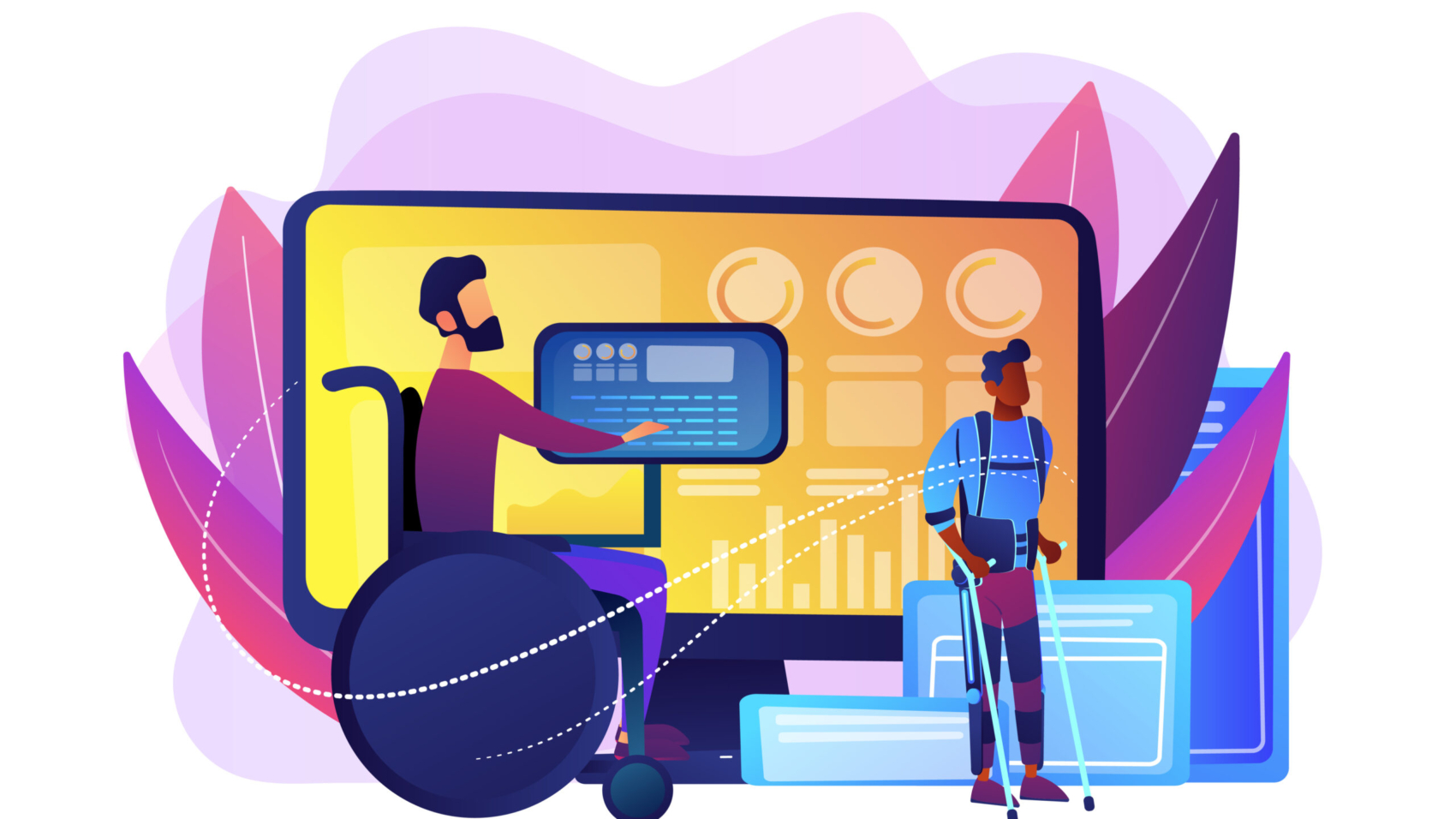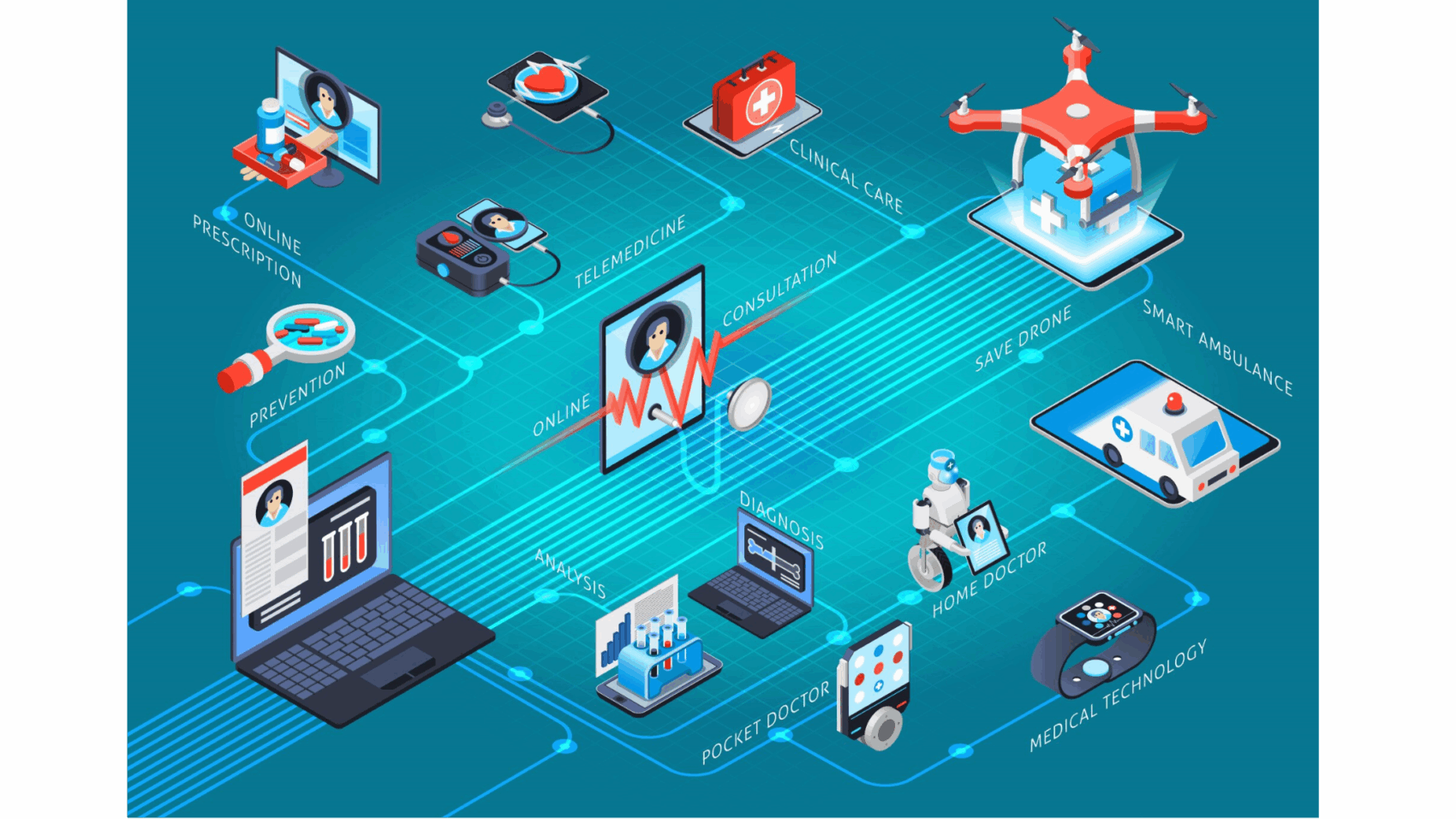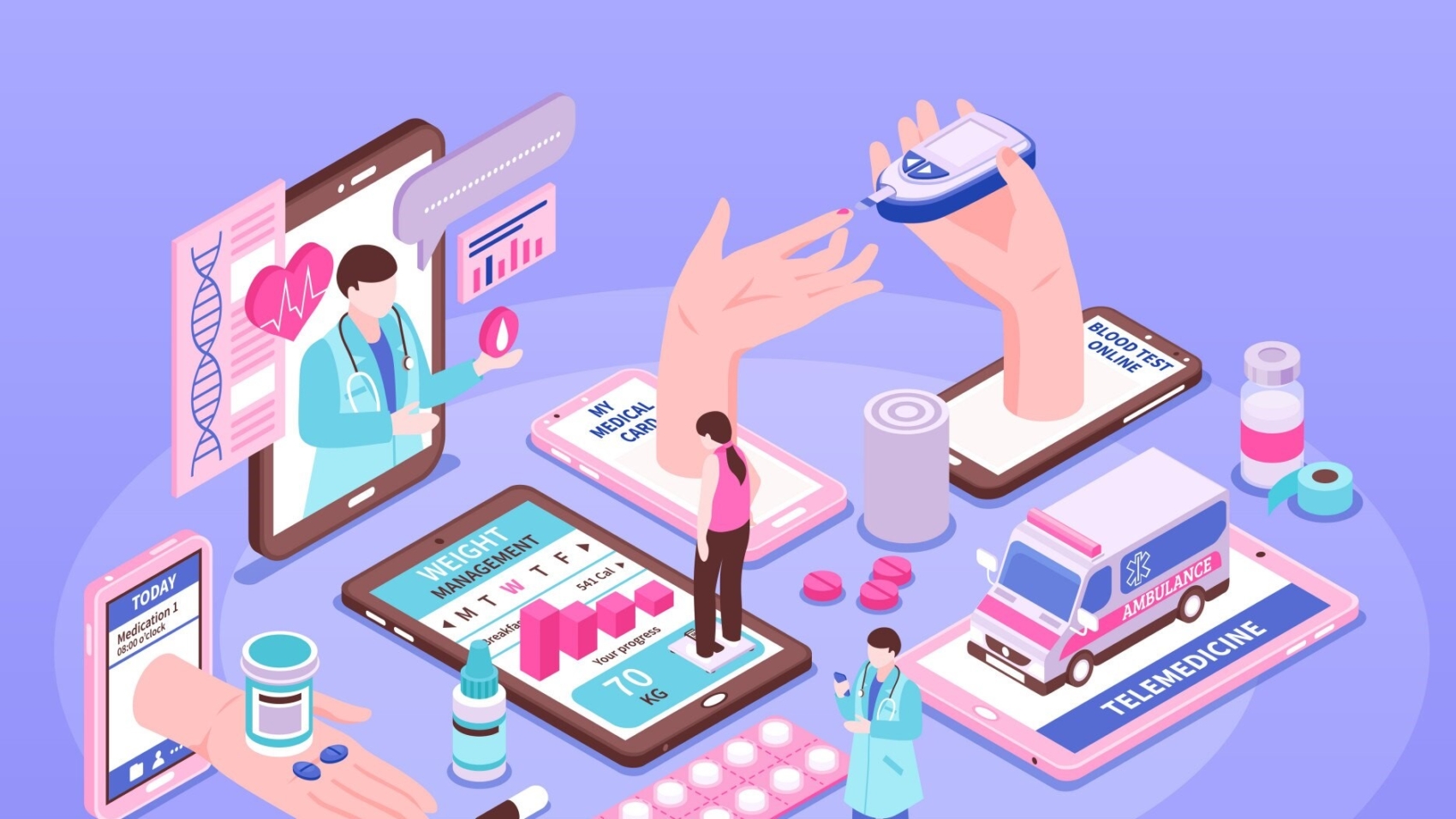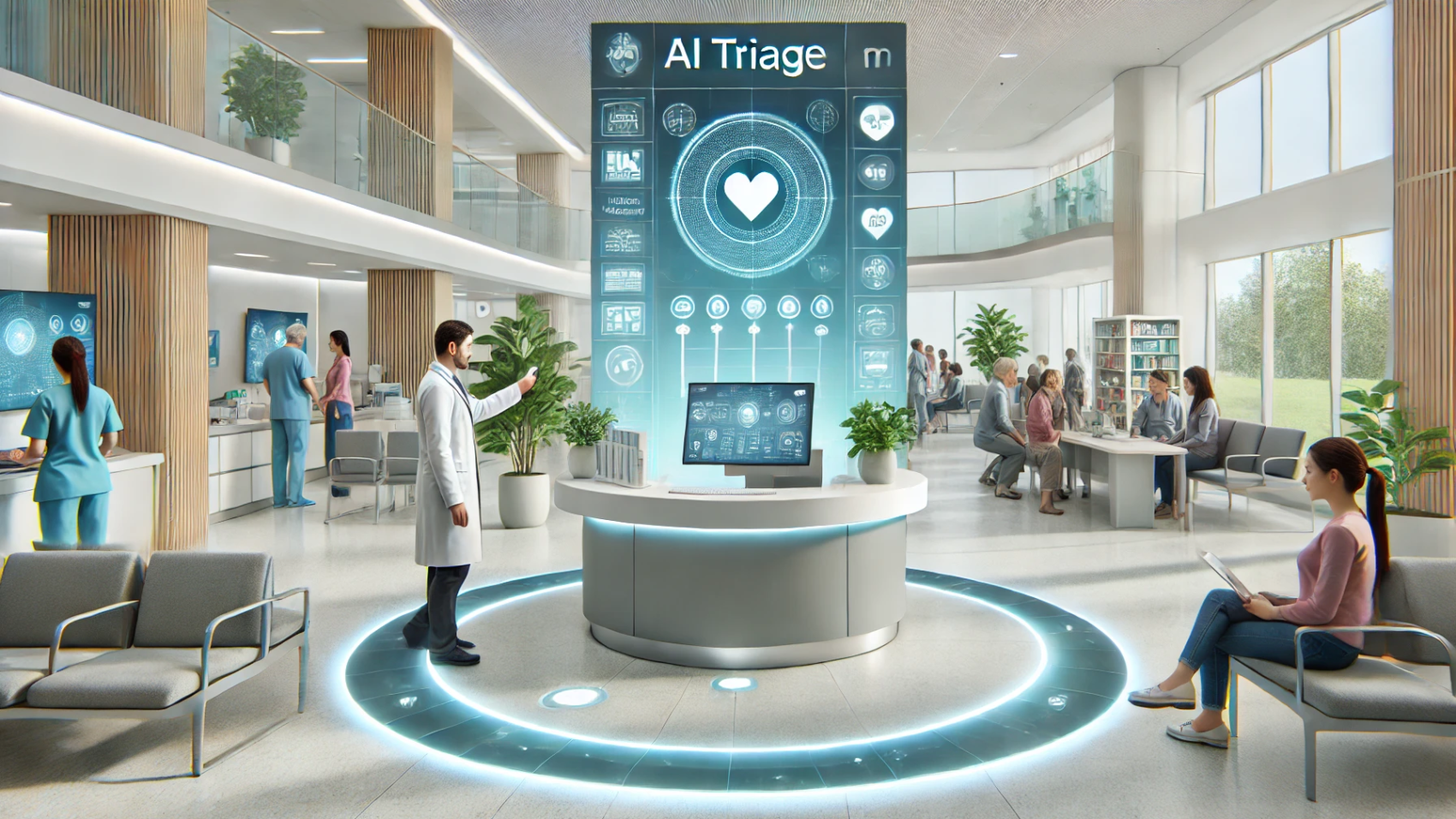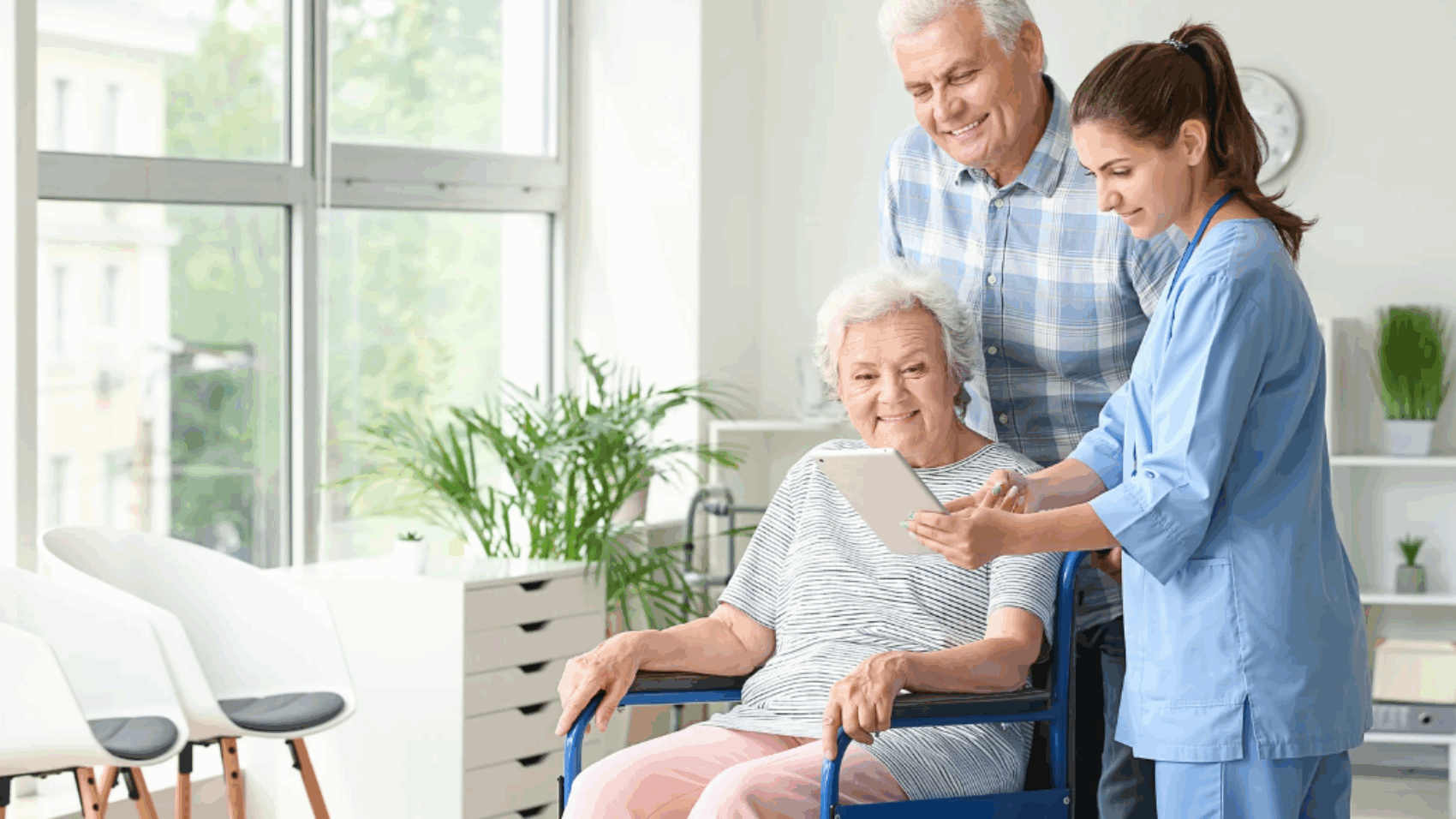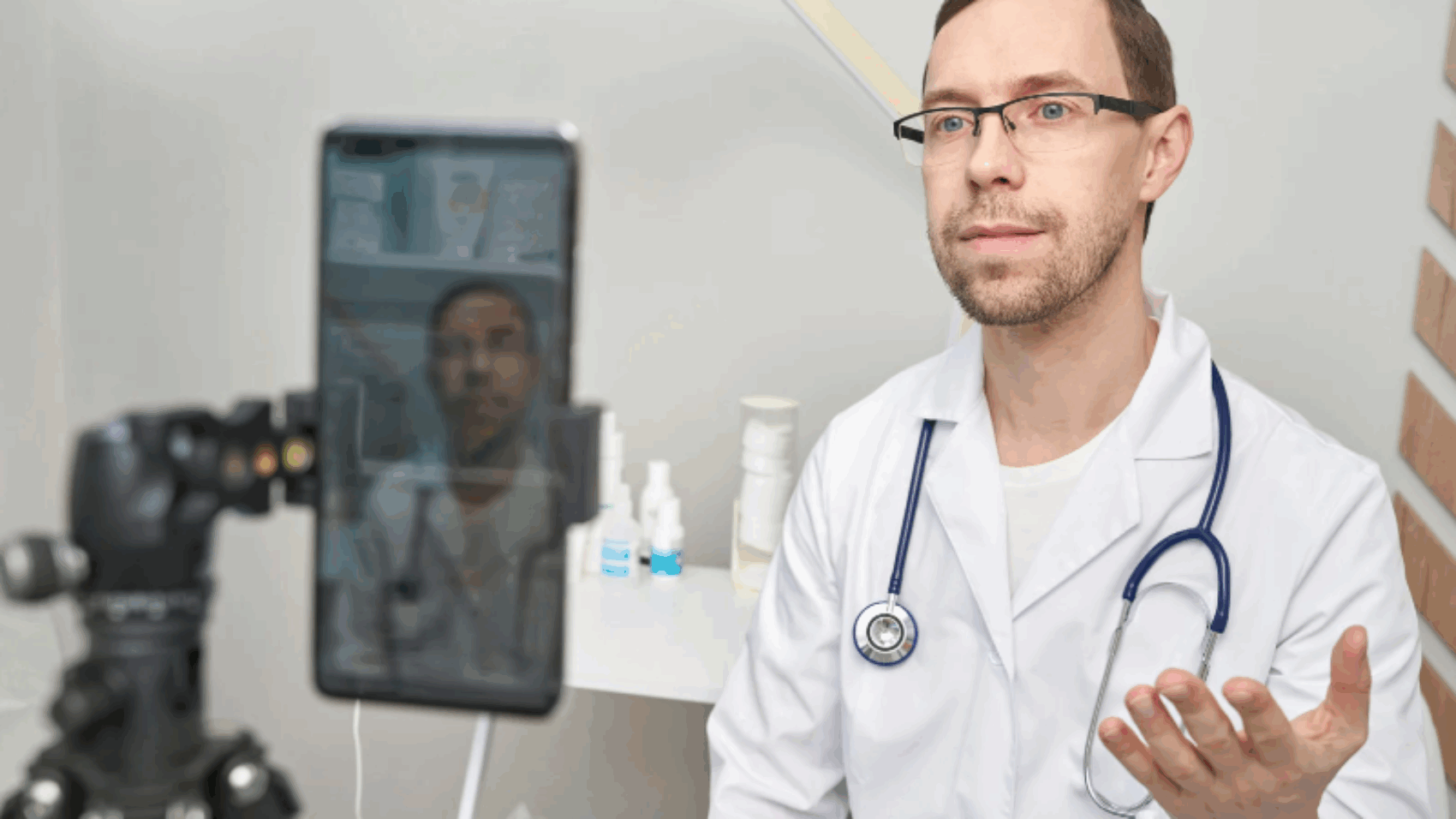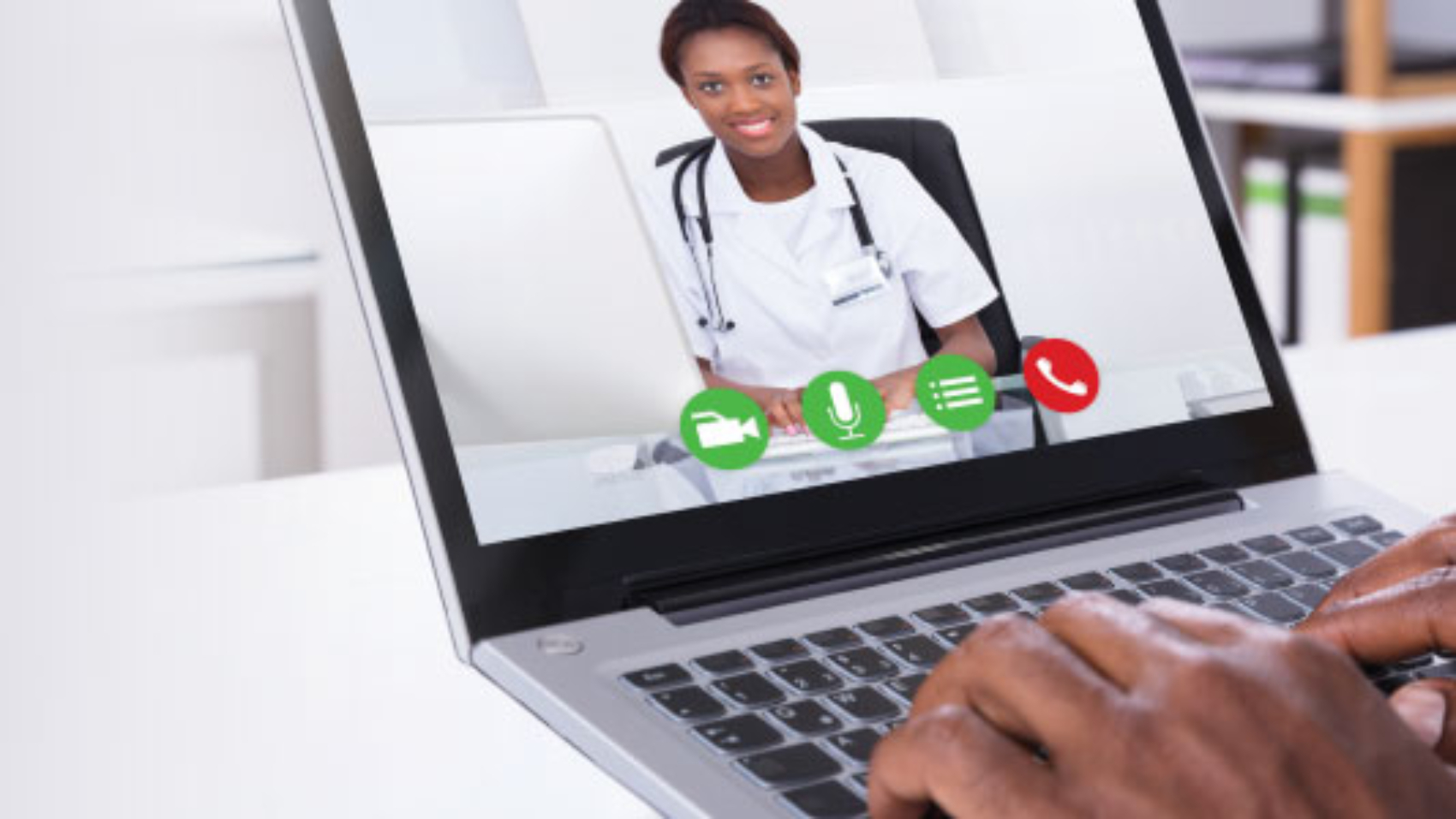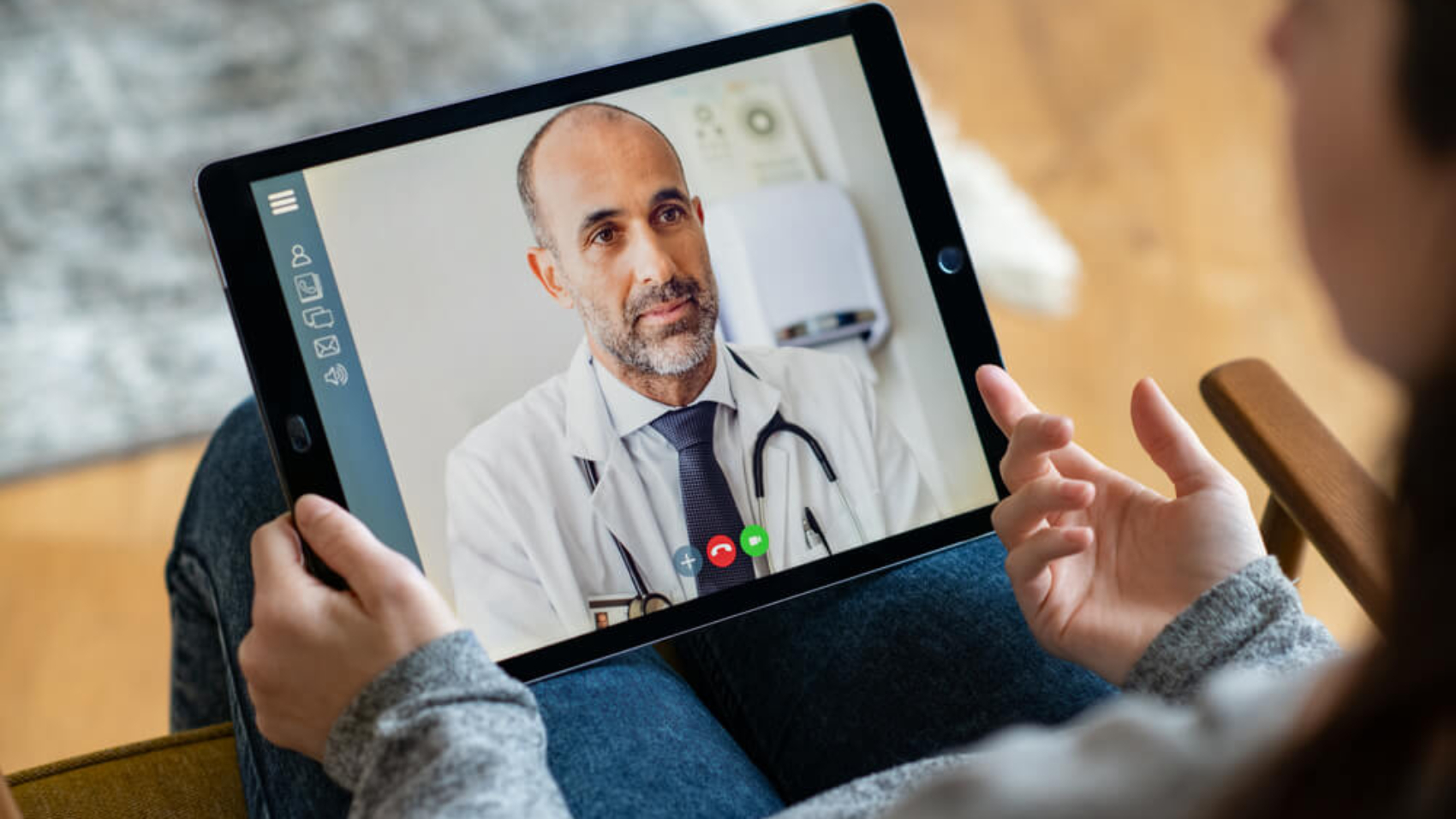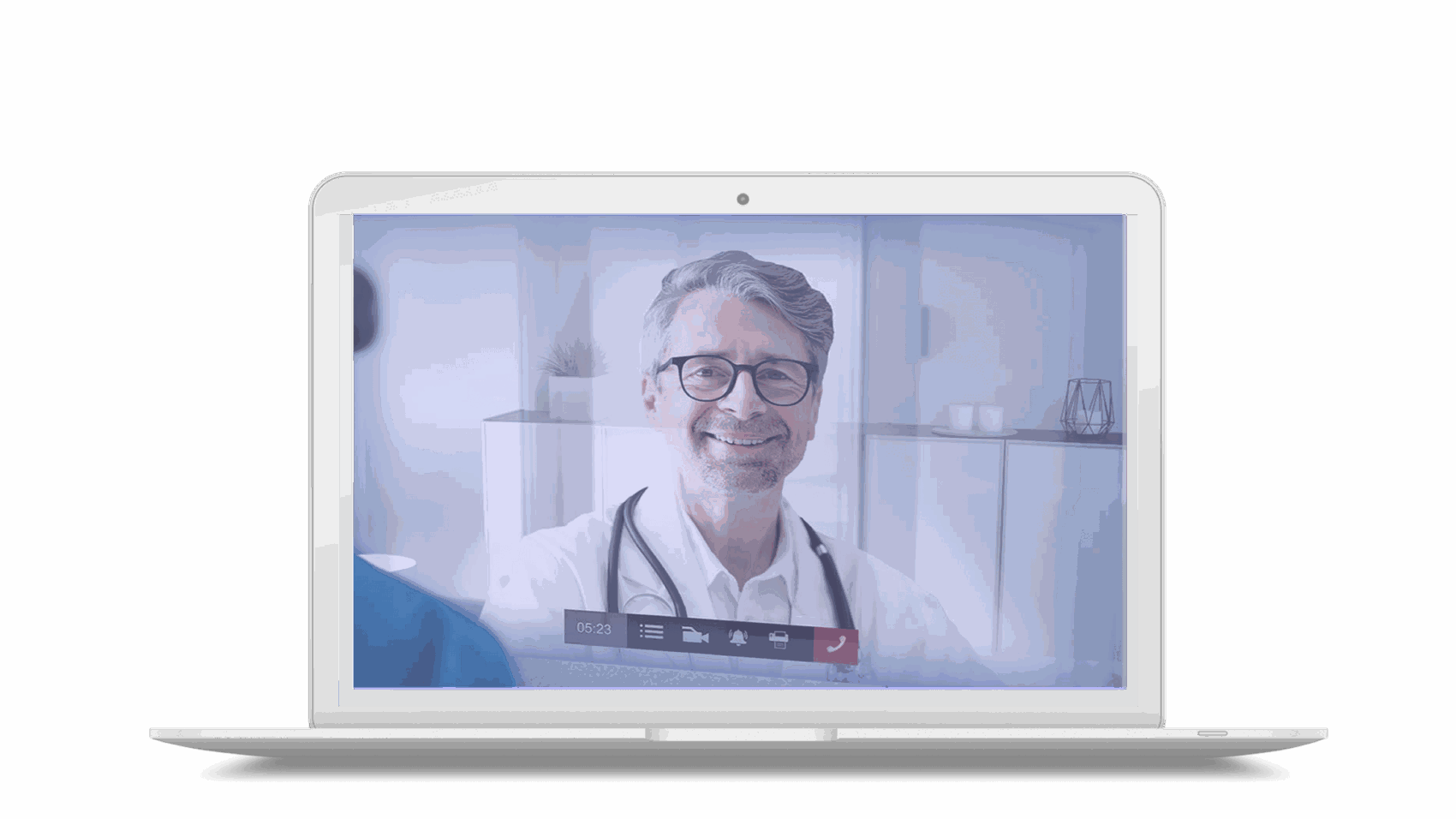Η 1η Οκτωβρίου είναι αφιερωμένη στην Παγκόσμια Ημέρα Τρίτης Ηλικίας. Μια ημέρα που μας υπενθυμίζει τις ανάγκες και τις προκλήσεις των ηλικιωμένων. Οι ηλικιωμένοι είναι πηγή σοφίας και εμπειρίας, αλλά συχνά υποφέρουν από μοναξιά και κοινωνική απομόνωση.
Σημασία της Ημέρας
Αυτή η ημέρα είναι σημαντική για την ευαισθητοποίηση γύρω από τα δικαιώματα και τις ανάγκες των ηλικιωμένων. Ο παγκόσμιος πληθυσμός των ηλικιωμένων αυξάνεται συνεχώς, γεγονός που καθιστά επιτακτική την ανάγκη για υποστήριξη. Οι πολιτικές και οι υπηρεσίες πρέπει να προσαρμοστούν ώστε να καλύψουν τις ανάγκες τους.
Η Σύνδεση με την Τηλεϊατρική
Μια καινοτόμος λύση για την υποστήριξή τους είναι η τηλεϊατρική. Αυτή η σύγχρονη προσέγγιση συνδυάζει την τεχνολογία με την υγειονομική φροντίδα. Επιτρέπει στους ηλικιωμένους να έχουν πρόσβαση σε ιατρικές υπηρεσίες από το σπίτι τους. Σε καιρούς που οι μετακινήσεις μπορεί να είναι δύσκολες, η τηλεϊατρική προσφέρει άμεση βοήθεια.
Η Παγκόσμια Ημέρα Τρίτης Ηλικίας και η τηλεϊατρική είναι άρρηκτα συνδεδεμένες. Με την τηλεϊατρική, οι ηλικιωμένοι μπορούν να παρακολουθούν την υγεία τους, να επικοινωνούν με τους γιατρούς και να διατηρούν επαφή με την κοινωνία. Αυτή η προσέγγιση δεν είναι μόνο επαναστατική, αλλά και απαραίτητη για την ευημερία των ηλικιωμένων. Η υγειονομική φροντίδα τους μπορεί και πρέπει να είναι προσβάσιμη και αποτελεσματική.
Η Παγκόσμια Ημέρα Τρίτης Ηλικίας
Η 1η Οκτωβρίου δεν είναι απλώς μια ημερομηνία στο ημερολόγιο· είναι μια ημέρα αφιερωμένη στους ηλικιωμένους. Καθιερώθηκε το 1990 από τον Οργανισμό Ηνωμένων Εθνών με σκοπό την ευαισθητοποίηση γύρω από τα δικαιώματα και τις ανάγκες αυτής της μοναδικής ομάδας. Ας εξετάσουμε το ιστορικό αυτής της ημέρας και τους στόχους της.
Ιστορικό και Στόχοι
Η Παγκόσμια Ημέρα Τρίτης Ηλικίας γεννήθηκε από την ανάγκη να αναγνωριστεί η αξία και η συμβολή των ηλικιωμένων στην κοινωνία. Στόχος της είναι να ενισχύσει την κατανόηση γύρω από τα θέματα που τους αφορούν, όπως η υγεία, η φροντίδα και η κοινωνική αποδοχή. Η ημέρα αυτή λειτουργεί ως πλατφόρμα για να ακουστούν οι φωνές τους και να αναδειχθούν τα ζητήματα που τους απασχολούν.
Στατιστικά Στοιχεία
Σήμερα, περίπου το 10% του παγκόσμιου πληθυσμού είναι άνω των 65 ετών. Μέχρι το 2050, αυτό το ποσοστό αναμένεται να φτάσει το 16%. Αυτή η δημογραφική αλλαγή είναι εντυπωσιακή, αλλά και ανησυχητική. Οι ηλικιωμένοι συχνά αντιμετωπίζουν προκλήσεις που σχετίζονται με την υγεία, την κοινωνική απομόνωση και την οικονομική ασφάλεια.
Προκλήσεις Σήμερα
Οι ηλικιωμένοι αντιμετωπίζουν πολλές προκλήσεις στην καθημερινότητά τους. Η μοναξιά είναι μια από τις μεγαλύτερες, με πολλές μελέτες να δείχνουν ότι οι απομονωμένοι ηλικιωμένοι έχουν αυξημένο κίνδυνο για ψυχικές και σωματικές ασθένειες. Οι χρόνιες παθήσεις, όπως ο διαβήτης και η αρθρίτιδα, απαιτούν συνεχείς ιατρικές παρακολουθήσεις, κάτι που μπορεί να είναι δύσκολο για εκείνους που δεν έχουν πρόσβαση σε μεταφορές ή υποστήριξη.
Επιπλέον, οι ηλικιωμένοι συχνά αντιμετωπίζουν την πρόκληση της τεχνολογικής εξοικείωσης. Σε έναν κόσμο που αλλάζει γρήγορα, οι νέες τεχνολογίες μπορεί να φαίνονται ξένες και αποθαρρυντικές. Αυτές οι προκλήσεις δεν είναι απλώς αριθμοί ή στατιστικά· είναι ιστορίες ανθρώπων που αξίζουν φροντίδα και σεβασμό.
Αυτή η ημέρα είναι η ευκαιρία μας να στραφούμε σε αυτούς, να τους ακούσουμε και να κατανοήσουμε τις προκλήσεις που αντιμετωπίζουν. Κάθε ηλικιωμένος έχει μια ιστορία να πει, μια ζωή γεμάτη εμπειρίες, και είναι καθήκον μας να διασφαλίσουμε ότι οι φωνές τους θα ακουστούν.
Ειδικές Πληροφορίες για την Ελλάδα
- Πληθυσμός Ηλικιωμένων στην Ελλάδα
Στην Ελλάδα, ο πληθυσμός των ηλικιωμένων (άνω των 65 ετών) αυξάνεται. Σύμφωνα με τα στοιχεία της ΕΛΣΤΑΤ, το 2021, οι ηλικιωμένοι αποτελούσαν περίπου το 23% του συνολικού πληθυσμού. Αυτή η τάση αναμένεται να συνεχιστεί, με σοβαρές επιπτώσεις στις κοινωνικές και υγειονομικές υπηρεσίες.
- Προκλήσεις για τους Ηλικιωμένους
Οι ηλικιωμένοι στην Ελλάδα αντιμετωπίζουν προκλήσεις όπως η μοναξιά, η απομόνωση και οι χρόνιες παθήσεις. Ειδικά κατά τη διάρκεια της πανδημίας COVID-19, οι ηλικιωμένοι υπήρξαν ιδιαίτερα ευάλωτοι. Πολλοί από αυτούς έχουν περιορισμένη πρόσβαση σε υπηρεσίες υγείας και κοινωνικής φροντίδας, γεγονός που καθιστά την κατάσταση ακόμη πιο δύσκολη.
- Υγειονομική Φροντίδα
Η ανάγκη για καινοτόμες λύσεις, όπως η τηλεϊατρική, έχει γίνει πιο επιτακτική. Η τηλεϊατρική μπορεί να προσφέρει στους ηλικιωμένους την απαραίτητη υποστήριξη, διευκολύνοντας την πρόσβασή τους σε ιατρικές υπηρεσίες χωρίς την ανάγκη μετακίνησης.
Τηλεϊατρική και Ηλικιωμένοι
Η Τηλεϊατρική ως Επαναστατική Λύση
Η τηλεϊατρική δεν είναι απλά μια καινοτομία στην υγειονομική φροντίδα· είναι η γέφυρα που ενώνει τους ηλικιωμένους με την υγεία τους, προσφέροντας ελπίδα και ανακούφιση. Σε έναν κόσμο όπου η πρόσβαση σε υπηρεσίες υγείας μπορεί να είναι δύσκολη, η τηλεϊατρική φέρνει την ιατρική ακριβώς στην πόρτα τους. Αυτή η προσέγγιση επιτρέπει στους ηλικιωμένους να διατηρούν την ανεξαρτησία τους, ενώ παράλληλα έχουν την υποστήριξη που χρειάζονται.
Περιστατικά Χρήσης της Τηλεϊατρικής
- Διαχείριση Χρόνιων Νόσων: Ας φανταστούμε τον Κωνσταντίνο, έναν 75χρονο με διαβήτη. Μέσω τηλεϊατρικής, μπορεί να παρακολουθεί τα επίπεδα σακχάρου του με έναν απλό αισθητήρα. Ο γιατρός του μπορεί να έχει άμεση πρόσβαση στα δεδομένα και να προσαρμόσει τη θεραπεία του άμεσα, αποφεύγοντας τις συχνές επισκέψεις στο ιατρείο.
- Ψυχολογική Υποστήριξη: Η Μαρία, 80 ετών, έπασχε από κατάθλιψη λόγω της μοναξιάς. Μέσω βιντεοκλήσεων, είχε τη δυνατότητα να μιλήσει με έναν ψυχολόγο. Αυτή η εμπειρία την έκανε να νιώσει ότι υπάρχει κάποιος που τη νοιάζεται, προσφέροντάς της τη στήριξη που χρειαζόταν.
- Επαγγελματική Φροντίδα για τη Διατροφή: Η τηλεϊατρική δεν περιορίζεται μόνο στην ιατρική φροντίδα. Ο Γιώργος, 70 ετών, μπορεί να συμμετάσχει σε διαδικτυνές συνεδρίες με διατροφολόγο, που τον βοηθούν να βελτιώσει τη διατροφή του και να διαχειριστεί το βάρος του, προλαμβάνοντας έτσι προβλήματα υγείας.
Προσωπικές Ιστορίες
«Η τηλεϊατρική έχει αλλάξει τη ζωή μου», αναφέρει η Ελένη, 78 ετών. «Δεν χρειάζεται πια να ανησυχώ για το πώς θα φτάσω στον γιατρό. Απλώς ανοίγω τον υπολογιστή και μπορώ να μιλήσω με τον γιατρό μου από το σπίτι. Είναι μια μεγάλη ανακούφιση, ειδικά τις μέρες που δεν νιώθω καλά».
Οφέλη της Τηλεϊατρικής για τους Ηλικιωμένους
Άμεση Πρόσβαση σε Ιατρικές Υπηρεσίες
Φανταστείτε να μπορείτε να έχετε άμεση πρόσβαση με έναν επαγγελματία υγείας, όποτε τον χρειάζεστε. Οι ηλικιωμένοι δεν χρειάζεται πια να περιμένουν σε ουρές ή να υποφέρουν από ταλαιπωρίες κατά τη διάρκεια μετακινήσεων. Αυτή η άμεση πρόσβαση δεν είναι απλώς ευκολία· είναι ζωτικής σημασίας για την έγκαιρη διάγνωση και θεραπεία.
Μείωση της Ανάγκης για Μετακινήσεις
Η μείωση των μετακινήσεων δεν είναι μόνο ζήτημα άνεσης, αλλά και ασφάλειας. Πολλοί ηλικιωμένοι αντιμετωπίζουν κινδύνους κατά τη διάρκεια των ταξιδιών τους. Με την τηλεϊατρική, μπορούν να αποφύγουν αυτές τις επικίνδυνες καταστάσεις, παραμένοντας ασφαλείς στο σπίτι τους.
Επιπλέον, τα νοσοκομεία είναι χώροι όπου η πιθανότητα έκθεσης σε λοιμώξεις και ιούς είναι αυξημένη. Όσοι ανήκουν στην τρίτη ηλικία είναι ιδιαίτερα ευάλωτοι σε τέτοιες καταστάσεις, καθώς το ανοσοποιητικό τους σύστημα μπορεί να είναι αδύναμο.
Εξατομικευμένη Φροντίδα και Παρακολούθηση
Η τηλεϊατρική προσφέρει τη δυνατότητα εξατομικευμένης φροντίδας που προσαρμόζεται στις ατομικές ανάγκες των ηλικιωμένων. Κάθε ασθενής είναι μοναδικός, και οι γιατροί μπορούν να χρησιμοποιήσουν δεδομένα και πληροφορίες για να προσφέρουν θεραπείες που ανταγωνίζονται τις παραδοσιακές μεθόδους. Επίσης, οι ηλικιωμένοι μπορούν να παρακολουθούν την υγεία τους μέσω εφαρμογών που καταγράφουν σημαντικούς δείκτες υγείας, βοηθώντας τους να παραμείνουν ενεργοί και υγιείς.
Προκλήσεις της Τηλεϊατρικής
Τεχνολογικές Προκλήσεις
Η τηλεϊατρική έχει πολλά πλεονεκτήματα, αλλά συνοδεύεται και από προκλήσεις. Ένα από τα μεγαλύτερα εμπόδια είναι το ψηφιακό χάσμα. Πολλοί ηλικιωμένοι δεν είναι εξοικειωμένοι με την τεχνολογία ή δεν έχουν πρόσβαση σε αξιόπιστο διαδικτυακό περιβάλλον. Αυτό περιορίζει την ικανότητά τους να επωφεληθούν από τις υπηρεσίες τηλεϊατρικής.
Η εξοικείωση με τις ψηφιακές πλατφόρμες είναι κρίσιμη. Οι ηλικιωμένοι μπορεί να χρειάζονται περισσότερη υποστήριξη για να μάθουν πώς να χρησιμοποιούν αυτές τις τεχνολογίες. Εδώ έρχεται το σύστημα τηλεϊατρικής CarePOI, με τη φιλική προς τον χρήστη πλατφόρμα και την εκπαίδευση που προσφέρει, ώστε να διευκολύνει την πρόσβαση και τη χρήση της τηλεϊατρικής.
Νομικά και Ηθικά Ζητήματα
Η τηλεϊατρική εγείρει επίσης νομικά και ηθικά ζητήματα. Πώς διασφαλίζεται η προστασία των προσωπικών δεδομένων των ηλικιωμένων; Η διαχείριση των ευαίσθητων πληροφοριών απαιτεί προσοχή και συμμόρφωση με τις νομικές ρυθμίσεις. Το σύστημα CarePOI τηρεί αυστηρούς κανόνες για την ασφάλεια των δεδομένων, εξασφαλίζοντας ότι οι πληροφορίες παραμένουν προστατευμένες.
Κοινωνικές Προκαταλήψεις και Αμφιβολίες
Πολλοί ηλικιωμένοι μπορεί να έχουν αμφιβολίες σχετικά με την ποιότητα της φροντίδας μέσω τηλεϊατρικής. Η προκατάληψη ότι η δια ζώσης ιατρική φροντίδα είναι ανώτερη μπορεί να αποθαρρύνει τη χρήση της. Είναι καθήκον μας να καταρρίψουμε αυτούς τους μύθους και να ενημερώσουμε τους ηλικιωμένους για τα οφέλη της τηλεϊατρικής, όπως το σύστημα CarePOI, που παρέχει ποιοτική φροντίδα με επαγγελματίες υγείας.
Το Μέλλον της Τηλεϊατρικής για τους Ηλικιωμένους
Τάσεις και Εξελίξεις στην Τηλεϊατρική
Το μέλλον της τηλεϊατρικής φαίνεται υποσχόμενο, με νέες τάσεις και εξελίξεις να αναδύονται συνεχώς. Η τεχνολογία εξελίσσεται ραγδαία, και τα συστήματα τηλεϊατρικής προσαρμόζονται στις ανάγκες των ηλικιωμένων. Υπολογιστές και κινητές συσκευές γίνονται ολοένα και πιο φιλικά προς τον χρήστη, διευκολύνοντας την πρόσβαση.
Ο Ρόλος της Τεχνολογίας (AI, Wearables)
Η τεχνητή νοημοσύνη (AI) και οι φορητές συσκευές (wearables) θα έχουν καθοριστικό ρόλο στην εξέλιξη της τηλεϊατρικής. Φορητές συσκευές που παρακολουθούν τη σωματική δραστηριότητα, τον καρδιακό ρυθμό και άλλα ζωτικά σημεία θα δίνουν στους γιατρούς τη δυνατότητα να έχουν συνεχή εικόνα της υγείας των ασθενών. Το σύστημα CarePOI ενσωματώνει αυτές τις τεχνολογίες για να παρέχει μια ολοκληρωμένη και ενημερωμένη προσέγγιση στη φροντίδα των ηλικιωμένων.
Πώς μπορεί η Τηλεϊατρική να Εξελιχθεί
Για να εξυπηρετήσει καλύτερα τους ηλικιωμένους, η τηλεϊατρική πρέπει να εξελιχθεί. Χρειάζονται συστήματα που προσφέρουν εξατομικευμένη φροντίδα και πιο απλή χρήση. Το CarePOI εστιάζει στην ανάπτυξη αυτών των εργαλείων, ώστε οι ηλικιωμένοι να νιώθουν ασφαλείς και υποστηριγμένοι. Με τη συνεχή εκπαίδευση και την προσαρμογή στις ανάγκες τους, μπορούμε να διασφαλίσουμε ότι η τηλεϊατρική θα είναι διαθέσιμη και αποδοτική για όλους.
Το μέλλον της τηλεϊατρικής είναι φωτεινό, και με τη σωστή προσέγγιση, μπορούμε να προσφέρουμε μια υγειονομική περίθαλψη που σέβεται και ενισχύει την ποιότητα ζωής των ηλικιωμένων.
Η Ημέρα Τρίτης Ηλικίας υπογραμμίζει τη σημασία της φροντίδας. Δείτε πώς η τηλεϊατρική μέσω του CarePOI μπορεί να ενισχύσει την ποιότητα ζωής.
Επικοινωνήστε με το CAREPOI για να μάθετε περισσότερα!
Αναφορές
- Στατιστικά στοιχεία για τον πληθυσμό των ηλικιωμένων στην Ελλάδα:
- Ελληνική Στατιστική Αρχή (ΕΛΣΤΑΤ). “Πληθυσμός και Δημογραφικά Στοιχεία.” ELSTAT.gr.
- United Nations, Department of Economic and Social Affairs. “World Population Ageing 2023.” UN.org.
- Προκλήσεις και ανάγκες των ηλικιωμένων στην Ελλάδα:
- Υπουργείο Υγείας. “Εθνική Στρατηγική για την Υγεία των Ηλικιωμένων.” ypoigeio.gr.
- Παγκόσμιος Οργανισμός Υγείας (ΠΟΥ). “Προκλήσεις Υγείας για την Τρίτη Ηλικία στην Ελλάδα.” WHO.int.
